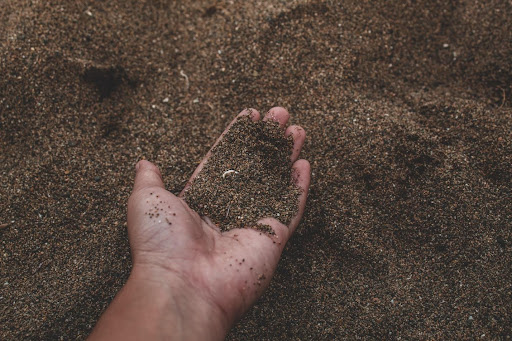
Soil modification solutions improve critical water content and increase OMC. The latter makes it easier to reach targeted compaction. They also reduce the amount of drying required to reach MDD.
These changes in critical water content are observed in overly wet and weak soil. Plasticity index is a measure of soil’s range of plasticity. Lower the index, the better, from an engineering perspective. Soil can be modified to increase its strength and improve its water-holding capacity.
Stabilization techniques
The process of stabilization involves adding chemical compounds to the dirt to change its physical characteristics. These chemicals react with the dirt particles and create a solid surface, sealing the pores between them.
Common stabilization chemicals include alkyl chlorosilanes, siliconites, and polymers. They can also reduce evaporation and lower the freezing point of water. They are used to improve the physical properties of fine-grained dirts and facilitate compaction.
Enzymatic methods are similar to using cement or lime or fly ash. They work by enlarging the particles and compacting the dirt to reduce the risk of collapse. However, they must be used with caution and only on dirt that contains small amounts of clay. For best results, they should be combined with other dirt modification solutions for the purpose of improving structural performance.
Mechanical stabilization is not as common as chemical treatments but has its benefits. The process involves using heavy machinery to pound down the dirt particles, thereby altering their physical properties.
This process is slow, expensive, and difficult to implement, but is an important part of many other methods of dirt stabilization. If you’re considering dirt stabilization, you’ll find this article incredibly helpful. You’ll be glad you did. It will save you time and money.
While traditional chemicals like Portland cement can stabilize dirt, they are not eco-friendly and are not always environmentally-friendly. Instead, try using a sustainable, biodegradable substance, such as tree resin. Click here to learn more about tree resin.
Ionic stabilizers are also an effective way to improve the strength of dirt. These methods also work for subdirts, sand, and other waste materials. Dirt stabilization is important for road surface improvement and strengthening geotechnical applications.

Chemical stabilization
Chemical stabilization is a process of adding a chemical agent to a soil to increase its strength. Such substances react with the structure of the soil, sealing the spaces between the soil particles. Common chemical soil stabilizers include polymers, alkyl chlorosilanes, siliconites, amines, and quarternary ammonium salts. These chemicals have many beneficial effects on the dirt, from improving compaction to increasing water repulsion.
Some common stabilizers include cement, lime, quicklime, and other industrial co-products. Proper techniques are essential for the application of these substances, including thorough mixing to ensure that they are mixed thoroughly and evenly.
It is also important to check for the onset of chemical reactions by conducting moisture testing. Dirts with optimum moisture content have the greatest density and thus are most suitable for dirt stabilization. Once stabilized, these materials can be placed over a dirt layer.
Polymers work by bonding the dirt particles with the polymer molecule. Click the link: https://en.wikipedia.org/wiki/Polymer for more information about polymers. The molecules of polymers vary in size and are compatible with all types of dirt. However, some of them are more compatible with coarse or sandy dirts, making them an ideal solution for dirt stabilization.
For this reason, polymers are the most flexible dirt stabilizers. These agents are generally not suitable for very fine dirts. Dirt stabilization with polymers is generally used for temporary pond linings and unpaved surfaces.
Mechanical stabilization
There are two main methods for dirt stabilization: chemical and mechanical. Chemical stabilization involves adding chemicals to the dirt that react with its structure and reduce permeability.
Mechanical stabilization solutions are most effective when applied to clayey or sandy dirts. Other dirt stabilization methods may include adding geotextile materials or reducing permeability. These solutions also improve the load bearing capacity of the dirts. Mechanical stabilization methods can be used in a variety of settings, including construction embankments and landfills.
The use of polymers in dirt stabilization is another common method. Polymers are chemical compounds that bond with dirt particles, creating a permanent, repeating chain. This method can work with any type of dirt, although its effectiveness and compatibility depends on the size of the polymer molecules..
There are times when this will not be necessary. Mechanical stabilization of soil modification solutions are an excellent option when structural loads are not the only concern. By stabilizing the soil, builders can save both time and money on construction projects.
Because soil stabilization improves the engineering properties of a soil, it improves its bearing capacity. This is especially useful when a construction site is located in an area with weak soils. When the soil is not prepared to support the load, it becomes more difficult to build on it.
You may be interested in: How to Set Up Your First Indoor Garden

